PROCESS MANAGEMENT Contents Process concept Process states Process


























































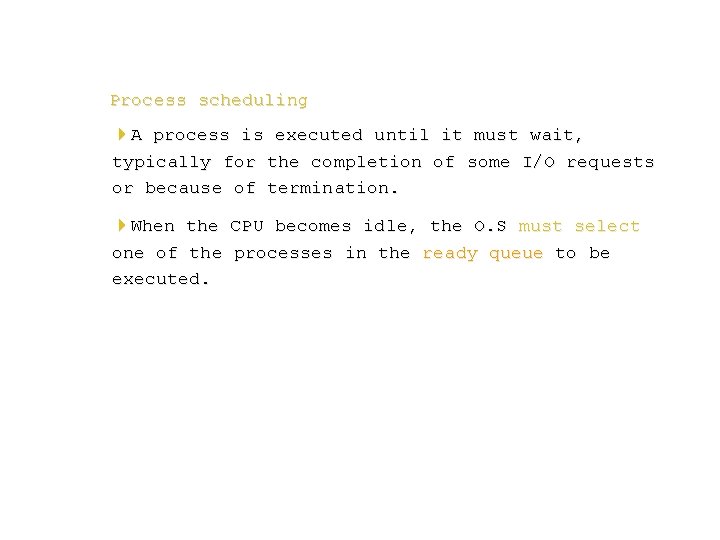

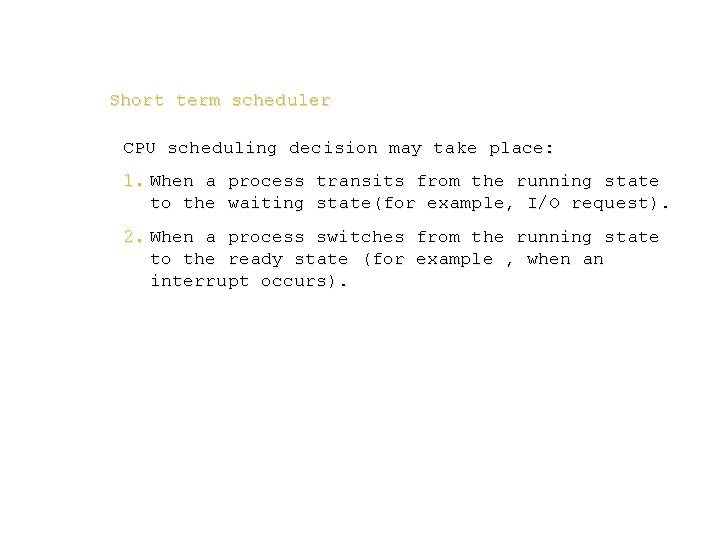


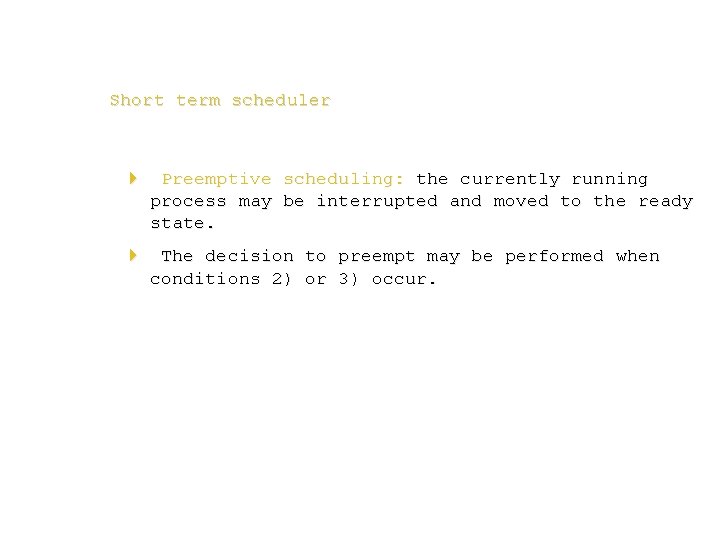
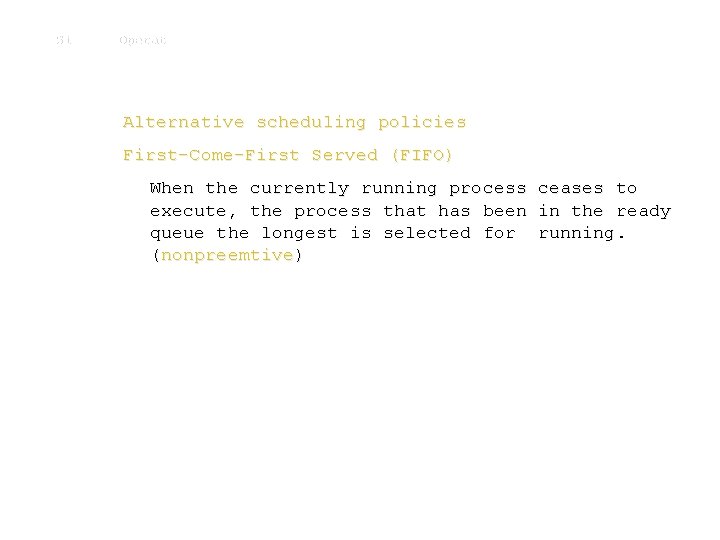


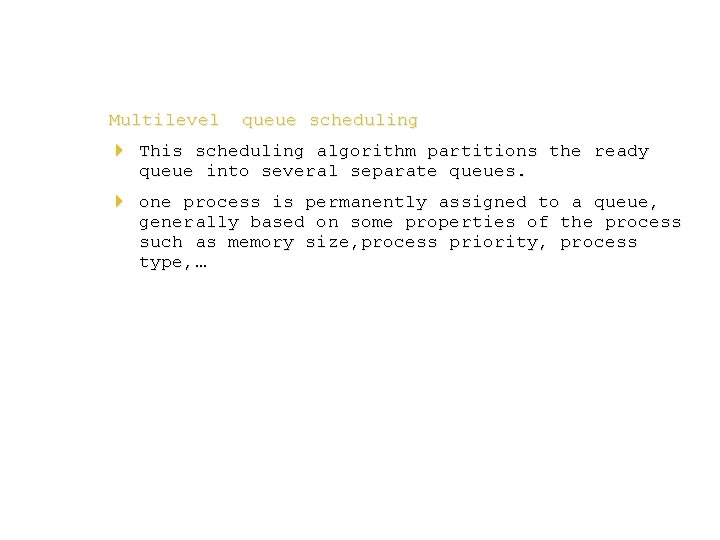

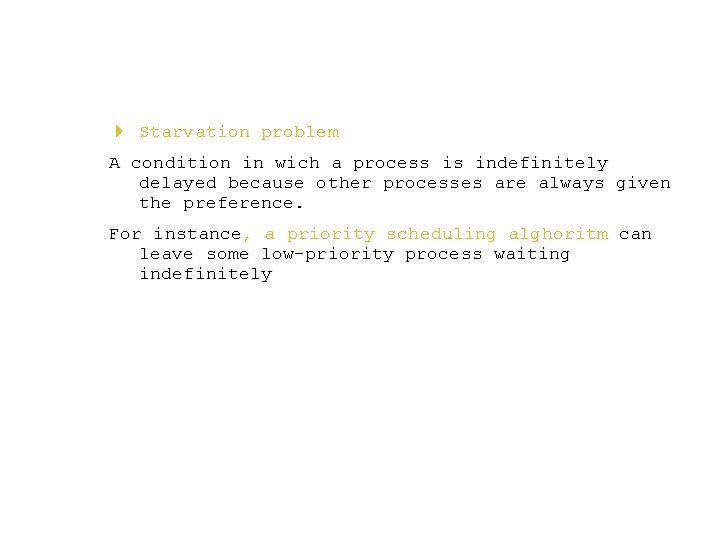
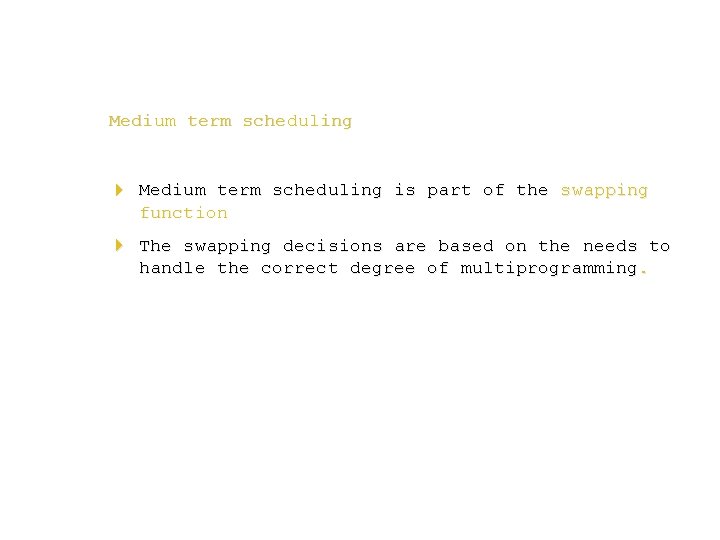

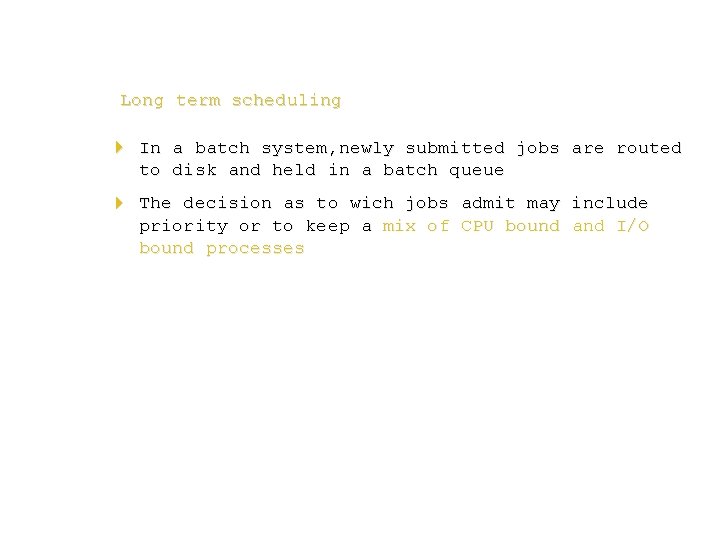
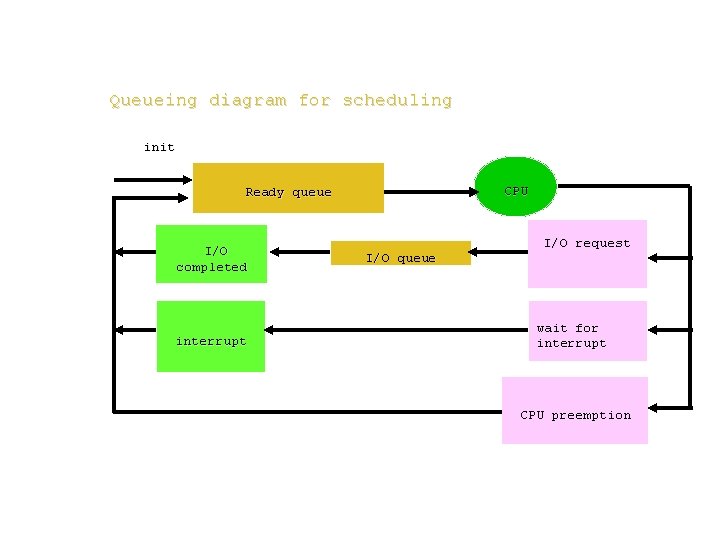
- Slides: 74

PROCESS MANAGEMENT

Contents à Process concept à Process states à Process description

Process concept

Process definition Informally, a process is a program in execution All the programs in execution are organized as a set of sequential processes (process model)

A process is the unit of work in a multiprogrammed system à a multiprogrammed O. S. allows concurrent execution of more processes

Multiprogramming CPU activity PO t. O P 1 t 1 PO t 2 PO P 1 t 3 t 4 t t 5 PO process : t 1 -t. O, t 3 -t 2, t 5 -t 4

à Algorithm: the logical sequence of operations that must be executed to solve a problem à Program: algorithm description by a programming language

Process: the sequence of computer operations during the execution of the program

Example: determine the MCD (maximum common divisor) of two integers greater than one (Euclid’s algorithm)

{ a = x; b = y; while (a != b) if (a > b) a = a – b; else b = b-a; } Subtract the smaller number from the larger one; repeat until you get a zero or a one

initial state final state x 18 18 18 y 24 24 24 a - 18 18 18 12 6 b - - 24 6 6 6

Process instances More processes (instances) can be associated to the same program; each of them represents the execution of the same code with different input data

A process is identified by: à Program code (text section) à Its current activity, represented by the value of the PC and of the processor’s registers

à Process stack (temporary data) à Data section (global variables)

Several resources can be associated to one process: à Memory à Open Files à I/O devices

Process states

I/O or event wait active blocked I/O or event completion

The number of CPU is generally less than the number of available processes The active state is subdivided in two states:

à ready (the process is waiting to be assigned to a CPU) à running (a CPU is executing instructions of the process)

running I/O or event wait preemption of CPU allocation of the CPU ready blocked I/O o event completion

The ready state is logically equivalent to running state: a process in ready state could be executed (if a CPU is available)

A blocked process cannot execute (even if the CPU is available)

Additional states: à new (tipycally, a new process created to execute a program, but not yet loaded in the ready queue) à exit (a process that has completed or aborted)

running allocation of the CPU new release preemption of CPU ready blocked I/O or event completion exit

Additional state: à swapped (a process can be swapped temporaly out of memory to a backing store and then brought back into memory for continued execution)

States of a UNIX process running ready init zombie sleeping swapped terminated

à Init: process is loaded in memory. The O. S. must build some tables to manage it

à Ready: the process is waiting to be assigned to a processor à Running: instructions are being executed

à Sleeping: the process is waiting for some event to occur à Terminated: the process has finished its execution

à Swapped: the process is temporarly trasferred to a backing store

à Zombie: the process is terminated, but it is waiting that the parent process collects its status information

Multiprogrammed system (only one CPU): à One process is being executed (running state)

More others processes are waiting à to be executed by the CPU (ready state) à for some event to occur (I/O completion o reception of a signal) (waiting state)

Process description

Process Descriptor (Process Control Block-PCB): Data structure associated to each process

Process descriptor à Process state à Process context à CPU scheduling information à Mem. management information à Resource utilization à Accounting information

Process state the state may be new, ready, running, waiting, halted, and so on

Context à PC (the address of the next instruction to be executed) à PS (cond. codes- flags int. en. /dis. bit, sup. /user mode bit)

Cpu registers The registers vary in number and type depending on the computer architecture: accumulators, index registers, stack pointers, general purpose registers

CPU scheduling information This information includes a process priority, pointers to scheduling queues, others scheduling parameters

Memory manag. information the base and limit registers, the page tables or the segment tables depending on the memory system adopted

Accounting information amount of CPU and real time used, time limits, job or process numbers, and so on

Resource utilization I/O devices allocated to this process, a list of open files and so on.

Scheduling queues Ready queue: The processes that are residing in main memory and are waiting to execute are kept on a list called the ready queue

This queue is generally implemented as a linked list

Process queues first last first O last O

Blocked queue: The processes that are waiting for some event to occur (I/O completion o reception of a signal) are kept on a list called the blocked queue

à A new process is initially put in the ready queue. It waits there until it is selected for execution à One of the following events can occur to promote it:

à As a result of an I/O request the process is placed in an I/O queue

à As a result of a creation of a subprocess the process can wait for its termination

à As a result of an interrupt, the process can be put back in the ready queue

Context switch 4 The kernel saves the context of the old process in its PCB. 4 The kernel inserts the PCB in the blocked or ready queues (depending on the process state. )

4 The kernel selects a new process from the ready queue and its identifier is loaded in the execution process register. (short term scheduling) 4 The context of the new process is loaded in the CPU registers.

Context switch 4 Context-switch time is pure overhead, because the system does no useful work while switching. 4 Its speed varies , depending on the mem. speed, the number of regist. and special instructions.

Proces P execution P context esecution process register PCB(P) P PC P PS P SP P R 1 … P Rn

P context saving P context execution process register PCB(P) P PC P PS P SP P R 1 … P Rn

P 1 context loading P 1 context execution process register PCB(P 1) P 1 PC P 1 PS P 1 SP P 1 R 1 … P 1 Rn

Scheduling

Process scheduling 4 A process is executed until it must wait, typically for the completion of some I/O requests or because of termination. 4 When the CPU becomes idle, the O. S must select one of the processes in the ready queue to be executed.

Process scheduling 4 The selection process is carried out by the short term scheduler, following particular policies.

Short term scheduler CPU scheduling decision may take place: 1. When a process transits from the running state to the waiting state(for example, I/O request). 2. When a process switches from the running state to the ready state (for example , when an interrupt occurs).

Short term scheduler 3. When a process switchs from the waiting state to the ready state ( for example, I/O completion) and its priority is higher than the one of the executing process 4. When a process complites

Short term scheduler 4 Non preemptive scheduling: once the CPU has been allocated to a process, the process keeps the CPU until it release the CPU either: by teminating (4) or by switching to the waiting state (1).

Short term scheduler 4 Preemptive scheduling: the currently running process may be interrupted and moved to the ready state. 4 The decision to preempt may be performed when conditions 2) or 3) occur.

Sistemi Operativi Alternative scheduling policies First-Come-First Served (FIFO) When the currently running process execute, the process that has been queue the longest is selected for (nonpreemtive) ceases to in the ready running.

RR (round robin) 4 Time sharing systems. 4 RR is preemptive: a small unit of time is defined (time quantum) The ready queue is treated as a circular queue. 4 RR goes around the ready queue, allocating the CPU to each process for a time quantum.

Priority scheduling 4 A priority is associated with each process and the CPU is allocated to the ready process with the highest priority. 4 Equal priority processes are scheduled in FCFS order 4 Priorities are generally some fixed range of numbers(generally, low numbers represent high priority)

Multilevel queue scheduling 4 This scheduling algorithm partitions the ready queue into several separate queues. 4 one process is permanently assigned to a queue, generally based on some properties of the process such as memory size, process priority, process type, …

4 Foreground (interactive) processes 4 Background (batch) processes 4 Foreground processes have priority (externally defined) over the background processes. the CPU is not 4 Background processes run when executing any foreground process

4 Starvation problem A condition in wich a process is indefinitely delayed because other processes are always given the preference. For instance, a priority scheduling alghoritm can leave some low-priority process waiting indefinitely

Medium term scheduling 4 Medium term scheduling is part of the swapping function 4 The swapping decisions are based on the needs to handle the correct degree of multiprogramming.

Long term scheduling 4 That determines wich programs are allowed to enter the system for processing needs. 4 Once admitted the job becomes a process and it is added to the ready queue managed by the short term scheduling

Long term scheduling 4 In a batch system, newly submitted jobs are routed to disk and held in a batch queue 4 The decision as to wich jobs admit may include priority or to keep a mix of CPU bound and I/O bound processes

Queueing diagram for scheduling init CPU Ready queue I/O completed interrupt I/O queue I/O request wait for interrupt CPU preemption